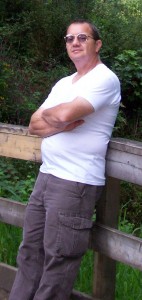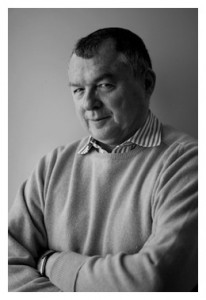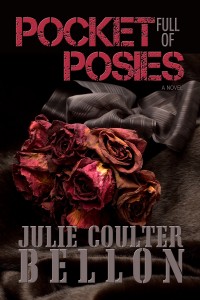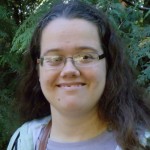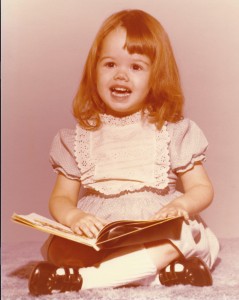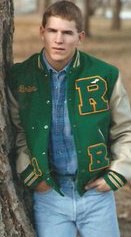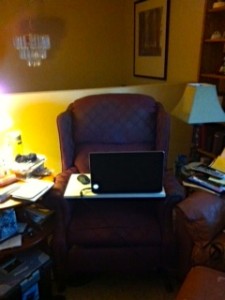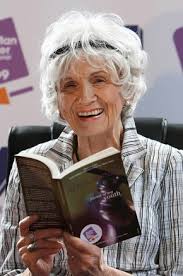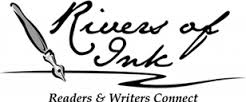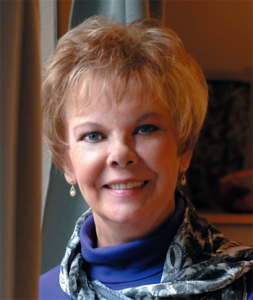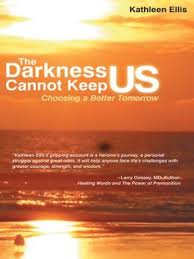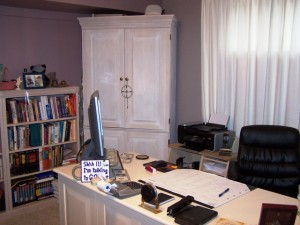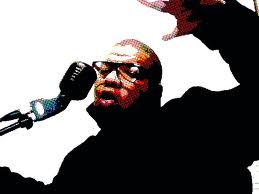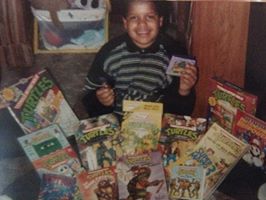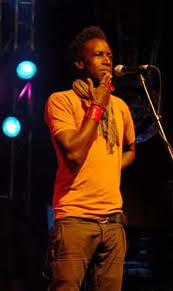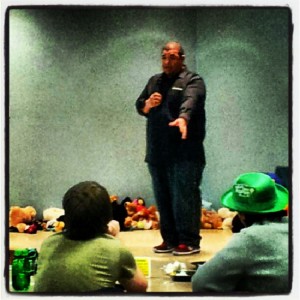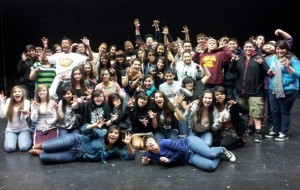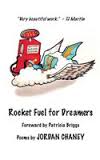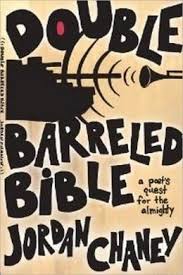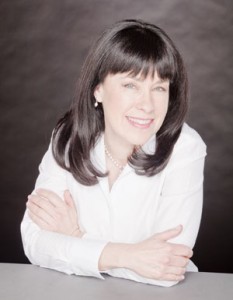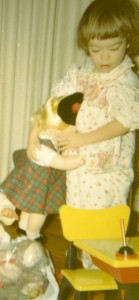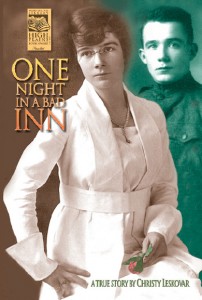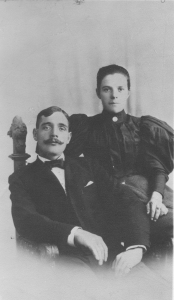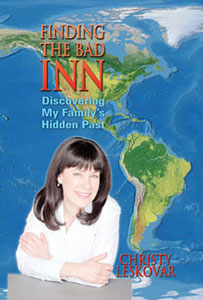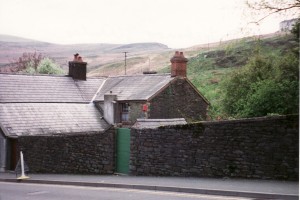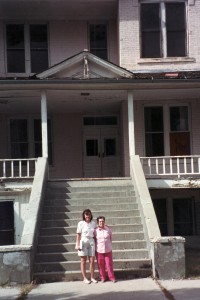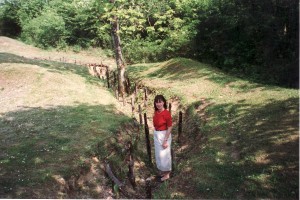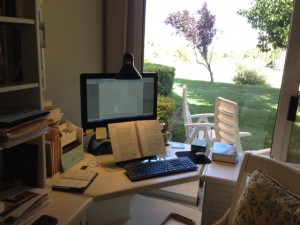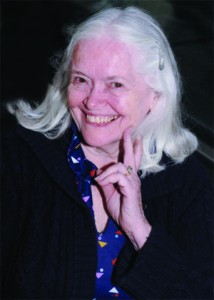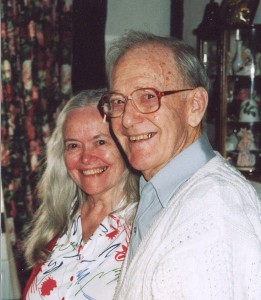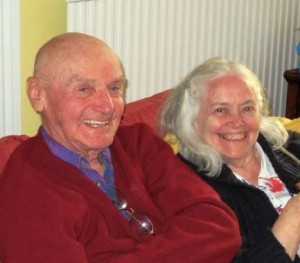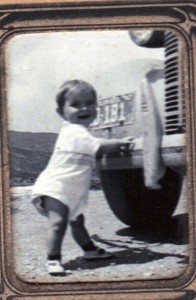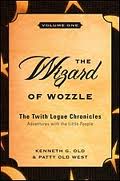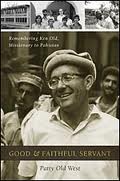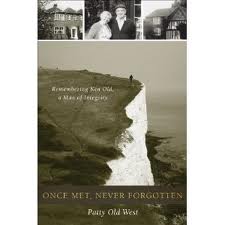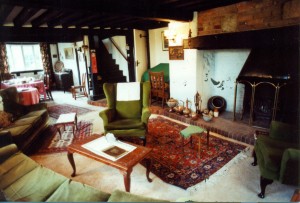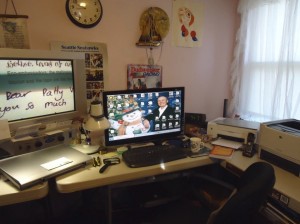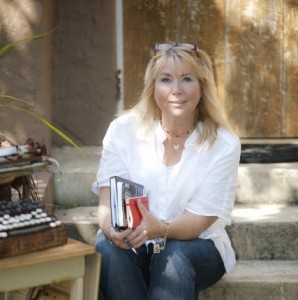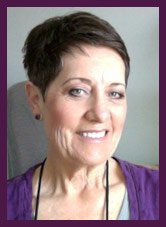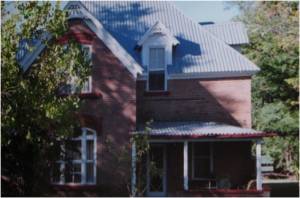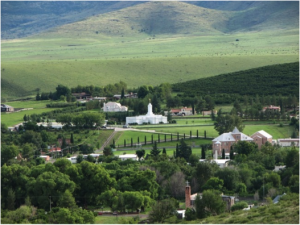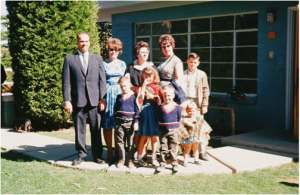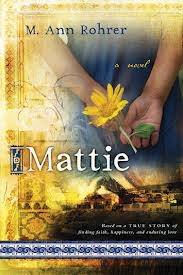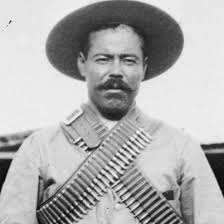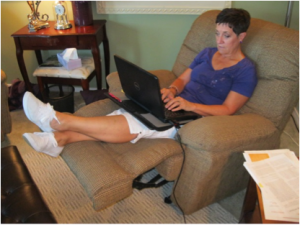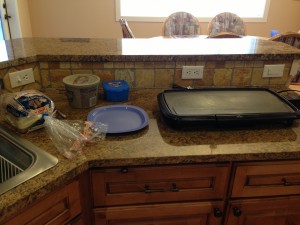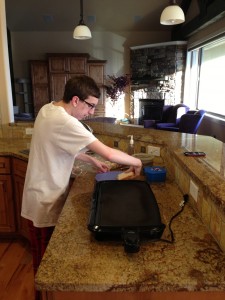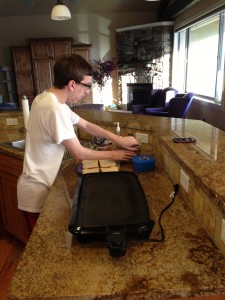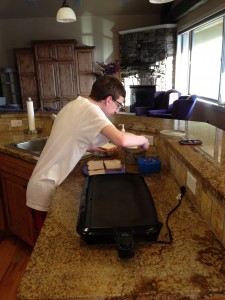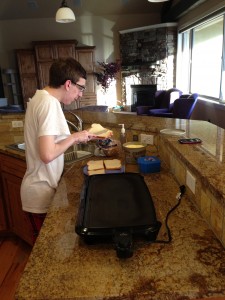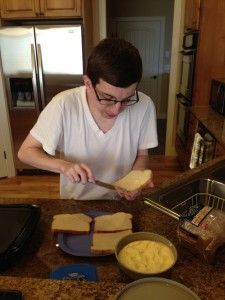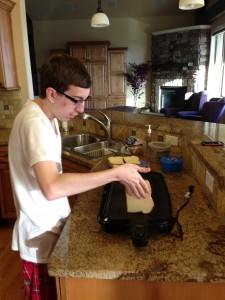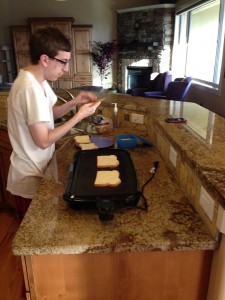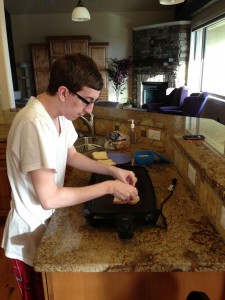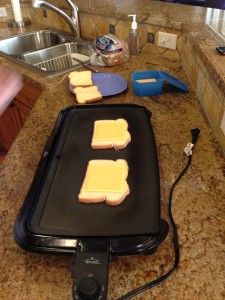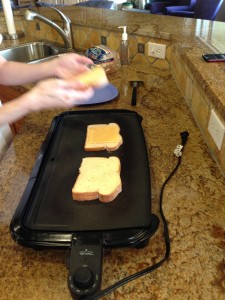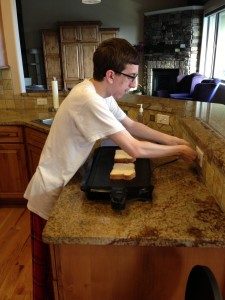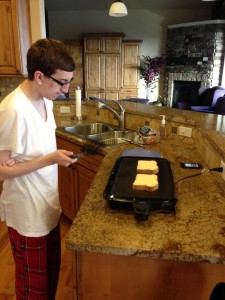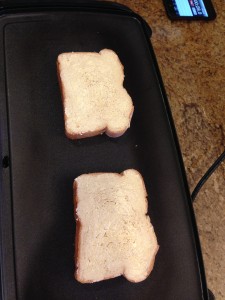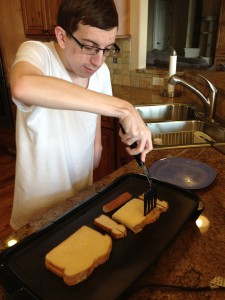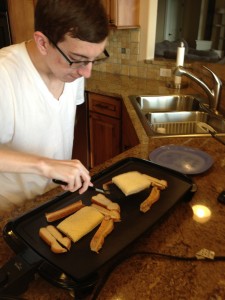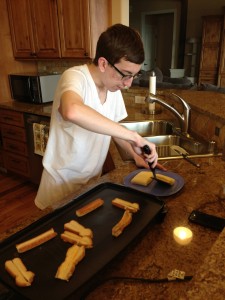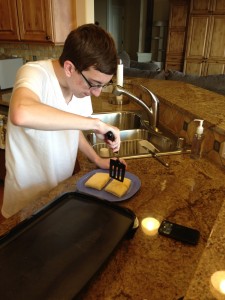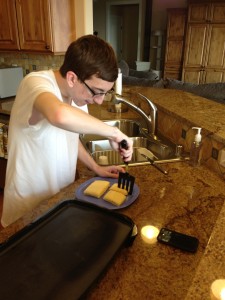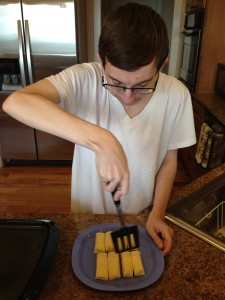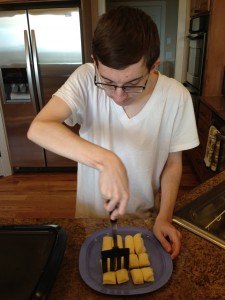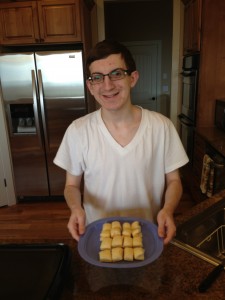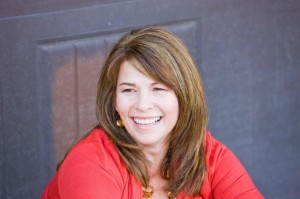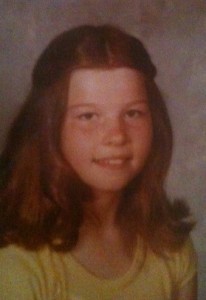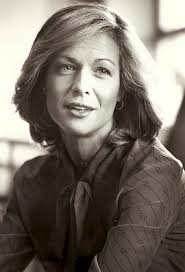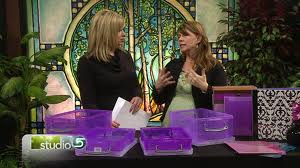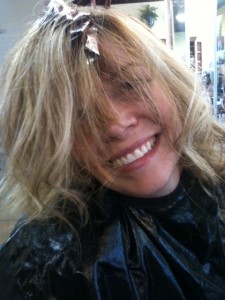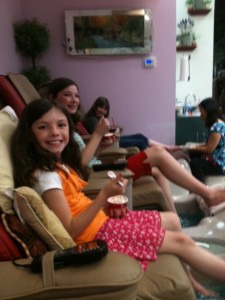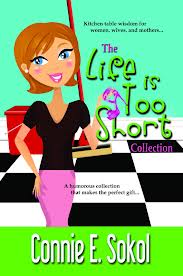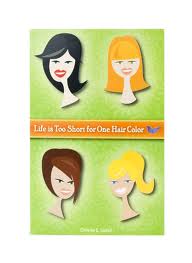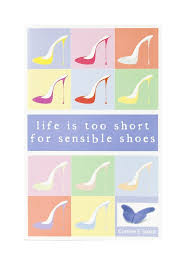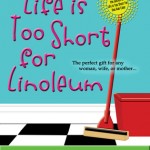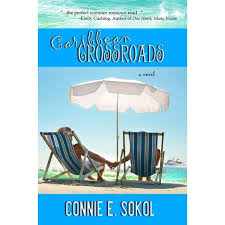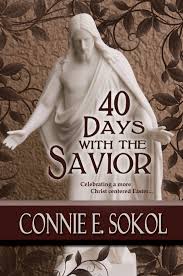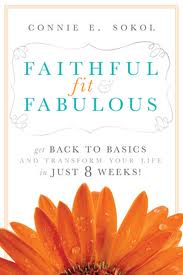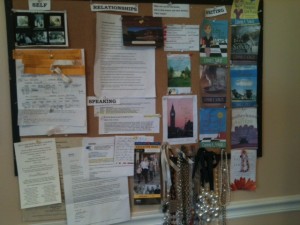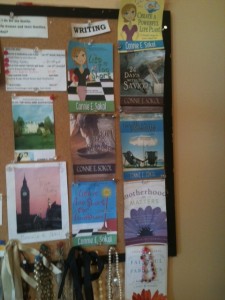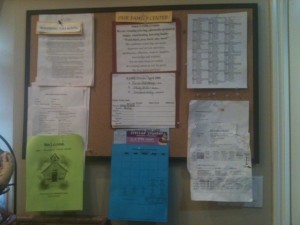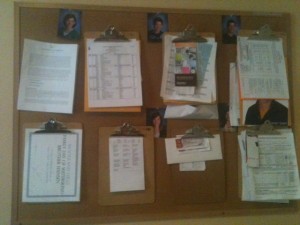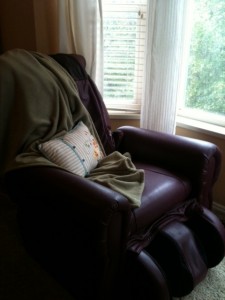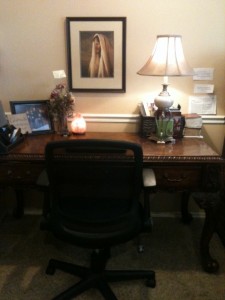All I can say is, if Jeanette’s fiction is half as funny as she is, you’re going to want to pick up one of her time travel novels right away. This was a particularly entertaining interview and some of the pictures are laugh out loud funny. :D
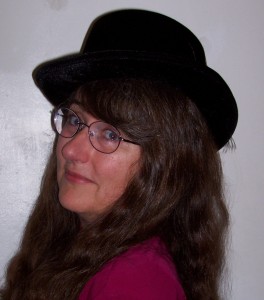 (By the way, Jeanette looks a lot like my sister-in-law with this expression)
(By the way, Jeanette looks a lot like my sister-in-law with this expression)
ME: Please describe your childhood and the role that books played in your life. (I would love to post a picture of you as a child.) Also, to whom do you owe your sense of humor—your mother or your father (or some aunt or uncle)? (I’d love a picture of you with that person.)
JEANETTE: I had a rather weird childhood. When I was six I asked my mother what I was. She told me I was Choctaw-Cherokee Indian. When I was eight I discovered that was really two tribes, not one. The other kids never teased me when I told them I was Indian. They just backed away slowly like I was crazy. Maybe because I had blue eyes and blonde hair. Maybe because I’m not that much Indian. Then when I was twelve Mom said “Oh, and you are also Irish.” And yet the whole time I was growing up, she and my grandmother both told me that of all the kids I looked the most like my great-grandmother Domie who was English. So apparently I have the recessive English genes of an Irish-half breed family. It’s hard for me to reject my heritage since I’m kind of confused as to what it is.
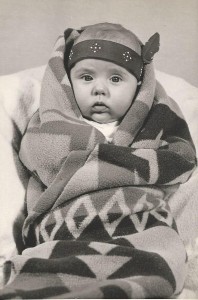 (And here she is looking very Indian-ish)
(And here she is looking very Indian-ish)
I always loved books. My first experience was my first trip to the school library in first grade. The teacher took the class to the library and told us we could all check out a book, so I grabbed one. It was about a little boy getting dressed. It was the most boring book I have ever read. I read it three times. I was just so enthralled with being able to read a book. Then the teacher told me I could check out another one. I was even more excited. I learned that day I loved books. I also learned to look at a book before you check it out. (:D)
The sense of humor comes from my mom’s side of the family. Whenever we gathered for family reunions, before we even said hello, we exchanged jokes. My grandmother and grandfather (Bob and Jewell George) always saw the funny side of life, even when it wasn’t funny. They were dirt poor Okies who had come Out West to find work during the Depression. Life was hard on them, so they got revenge by making fun of it. During a disaster, like a flooded basement, my grandma would say, “Someday we will look back on this and laugh.” And guess what? We never did! But we do laugh at grandma always saying that.
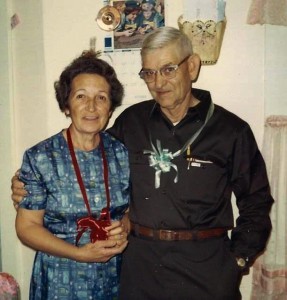 (Grandma looks like she just told a joke and Grandpa looks a bit mischievous…like maybe he’s waiting for you to sit down on that whoopee cushion he planted)
(Grandma looks like she just told a joke and Grandpa looks a bit mischievous…like maybe he’s waiting for you to sit down on that whoopee cushion he planted)
ME: What about your childhood or adolescence made you fall in love with time travel and history?
JEANETTE: As a kid I didn’t really like history–at least not the history that they taught in school, which was nothing but dry facts, dates and cardboard characters. What really bothered me as a kid was the way Indians were portrayed in movies and television, because I knew my grandparents weren’t savages.
So I started reading up on Native Americans. Turns out Hollywood lied. Then I wondered if maybe they lied about black history, too, and started reading up on that. If history is written by the winners, I want to read about the losers! I want to find the real history. The more obscure the more I like it.
I like the absurd time paradoxes of time travel, but the real reason I write time travel is an excuse to hop about in history to different places and show what it was really like down to ignored details. That’s what my Temporal Anthropologists are all about. For them recording a special event is secondary to recording the mundane that was never recorded. (By the way, my Temporal Anthropologist Dr. Wendell Howe has a blog about his travels in the Victorian Age and you can see stuff you probably never knew.)
(Now that is something I’m going to have to check out!)
ME: Please explain the term “Scablander,” so that my readers who are not familiar with the terrain of Eastern Washington will understand why you refer to yourself that way. If you didn’t invent the term itself, where did it come from? (And may I please share the wonderful masthead created by one of your fans for your website, along with its explanation?)
JEANETTE: When I was a kid growing up in the Columbia Basin, I always heard of the Scablands in whispers and wanted to visit it. Then I discovered I had been living in the Scablands all along.
 (The Scablands of Eastern Washington bordering the Columbia River…the uninhabited part, anyway. It does kind of make you think of a scab under a microscope, I suppose.)
(The Scablands of Eastern Washington bordering the Columbia River…the uninhabited part, anyway. It does kind of make you think of a scab under a microscope, I suppose.)
Apparently the name came from pioneers passing through here as quickly as they could to get to decent country. Back in the Miocene Age, the area was flooded with lava from volcanoes again and again until the basalt was 6000 feet deep. Over time, topsoil buried it, but then during the Ice Age the Missoula Lake (what is now the Bitterroot Valley in Montana) kept flooding Eastern Washington until it scoured the top soil and dumped it all in the Palouse Hills and Willamette Valley, creating fertile farmland for them and nothing but basalt and blow sand for the Scablands. It’s all sagebrush and tumbleweeds. Is it any wonder we were picked for the Hanford Atomic Works in World War II? If it blew up, who would notice?
This area is so isolated that there are Wanapum Indians living on the river who avoided being sent to reservations because no one noticed them! I use “scablander” for my website name because I spent most of my life in the scablands. And it’s easier to remember than my name. For some reason most people either can’t remember it or spell it.
 (Her hand-drawn masthead. Each letter represents a character or aspect from one of her books. Click on it for a larger view, and go here for an explanation.)
(Her hand-drawn masthead. Each letter represents a character or aspect from one of her books. Click on it for a larger view, and go here for an explanation.)
Feel free to share the Masthead. Best birthday gift I ever got. (It’s very impressive!)
ME: You’ve described yourself as a nerd. How so?
JEANETTE: Nerd: One who is socially inept, fashion challenged and just a plain misfit.
When I was twelve, I had the epiphany that I was never going to fit in no matter what I did. Rather than feeling sad, I suddenly felt liberated! I march to my own drummer–even if he is offbeat. (Nerds unite! I’ve been called a nerd, too, though indirectly.)
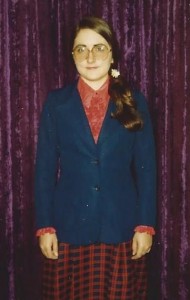 (Jeanette the Nerd…She says she looks like Amy on “Big Bang Theory”)
(Jeanette the Nerd…She says she looks like Amy on “Big Bang Theory”)
ME: What attracts you to the Victorian period, and similarly (or not), what do you like about the genre of Steampunk and how did you come to write a short story in that genre?
JEANETTE: My character, Dr. Serendipity Brown, is so bold and brash I thought it would be fun to have her meet a repressed, stodgy Victorian. Dr. Wendell Howe is really from the 27th century, but has been trained to fit perfectly into the Victorian Age. I’ve had people tell me he is a “steampunk” character, but since he is pretending to be Victorian, he is really “steambunk.”
(:D)
To be honest I have always been attracted to the Victorian Age. I think because so much was happening. It started with technology that was hardly more than medieval and ended up with the Modern Age. Steampunk just takes that flurry of invention and bumps it up a notch.
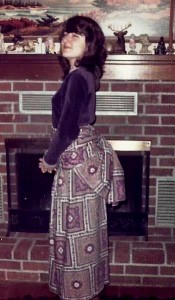 (She says this was her attempt at a bustle for her Victorian tea party in 1974. She was doing “steampunk” before it ever became a trend…because that’s what nerds do.)
(She says this was her attempt at a bustle for her Victorian tea party in 1974. She was doing “steampunk” before it ever became a trend…because that’s what nerds do.)
As for my steampunk story, Sky Warrior Books was doing a steampunk anthology. My husband bugged me to submit a short story so I wrote one about Wendell meeting the Wild Bunch (the real one and not the Hollywood version.) When I submitted it, I explained it was really steambunk rather than steampunk and waited for the rejection letter. They accepted it! (Smart publisher!)
ME: Tell us about your on again, off again affair with the written word and which individual(s) played a role in encouraging you to get published? (Please provide a picture of one or more of those individuals.)
JEANETTE: I never really fell out of love with writing. It’s just I thought it would be best if we parted since I would never be good enough. So when I was thirty-one I bid a tearful goodbye and decided to get on with my life. Then twenty years later my husband decided to take welding classes at night. So rather than sitting around feeling sorry for myself, I decided to write while he was in class. I fell off the wagon and went on a writing binge.
(Good for you . . . and us!)
Rather than being upset with my addiction, my husband Mike seemed delighted. Who knew? He became my sugar daddy and muse. And whenever I say “maybe I should quit this selfish foolishness,” he tells me to keep writing. (Like telling a drunk to keep drinking.)
ME: Please share the publishing story of WALKING A FINE TIMELINE.
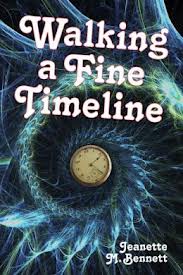 JEANETTE: My husband really liked my story and thought I should publish it. My family and friends liked it, too. I went to panels and heard all the horror stories about publishers, so I never bothered to submit to them. I didn’t want to work with people out to rip me off–I could do that myself. I found out the two things you need to self-publish are an editor and a graphic artist. Guess what I did for twenty-five years? I had already set up books and websites. Even so, it was scary!
JEANETTE: My husband really liked my story and thought I should publish it. My family and friends liked it, too. I went to panels and heard all the horror stories about publishers, so I never bothered to submit to them. I didn’t want to work with people out to rip me off–I could do that myself. I found out the two things you need to self-publish are an editor and a graphic artist. Guess what I did for twenty-five years? I had already set up books and websites. Even so, it was scary!
I also discovered great software for setting up books that is affordable. Check out Serif PagePlus for under $100. It compares favorably to Adobe InDesign and is much better than the more expensive Microsoft Publisher or CorelDraw. I have worked with them all. (And no I am not getting kickback.)
(Thanks for the tip!)
ME: Do you outline or are you a “pantser” when it comes to plotting? If you do outline, what method do you follow?
JEANETTE: “Pantser”–or maybe it’s “quilter.” I get these scenes in my head that I write out before I lose them. I might have a list I make of what order I have them in, then don’t bother to look at it again. I just write, weaving in the scenes or tossing them out. Completely unorganized. That’s what rewriting and editing are for. I don’t know if that’s the best way to write, but it’s best for me.
ME: What are you working on now?
JEANETTE: The Fairhaven Home for Wayward Time Travelers. Terrorists from the 27th century decide the best way to protect history from being manipulated is to eliminate all time travelers and then Dr. Serendipity Brown, the woman who invented time travel. So she hides out in a Victorian mansion in 2010 Bellingham, Washington where they will never find her (she hopes) along with her assistant Sherman and her time travel consultant, Dr. Wendell Howe. They also share the house with five other temporal anthropologists she saved in the past from the terrorists and one of her ancestors she decides to bring back.
(Definitely sounds intriguing.)
ME: Finally, please describe your favorite writing space in the voice of your main character, Dr. Serendipity Brown, as if she had just stumbled upon it in one of her adventures. (I must have a photo of that place, whether it’s out in nature or inside your home.)
JEANETTE: Okay, you asked for it…
(Uh-oh. Just kidding, she really got creative here, so settle in for a fun read.)
Two crazy willows beside a suburban road begin to sway. A glowing spot appears beside the curb. Slowly four tires appear, starting from the bottom working up, then a U-Haul Truck materializes as though an invisible stage curtain was being raised. The roof appears and it stops shimmering.
A door swings open from the side of the cargo compartment where no door is showing. Out steps a middle-aged woman with dark brown curly hair bouncing off her shoulders. She is wearing purple pants and a loose blouse. “Come on, guys!”
A skinny, short teenage boy with horn-rim glasses follows her, wearing a black Def Leppard T-shirt and jeans. Glancing around, he brushes his black hair out of his face. “Are you sure this is the right place, Ser?”
“Of course, Sherman. Wendell says it is and our Dr. Howe is never wrong.”
A man of medium height, medium build with medium brown hair steps out of the time machine. He is wearing a brown frockcoat and top hat, staring at an open pocket Bible. “My computer says these are the correct coordinates, Dr. Brown.” He closes his computer and slips into a pocket inside his frockcoat. “Hmm.” He studies the white 1940s house in front of him. “Hardly looks like the home of a writer, wouldn’t you agree, Serendipity dear? Of course all the writers I have ever met were back in the Victorian Age.”
“So who is this Janet Bernet, anyway?” Sherman asked.
“Jeanette Bennett.” Wendell corrected him. “She was a little known author who apparently predicted time travel would be invented in 2353 by a woman in Beaverton, Oregon–a woman named Serendipity Brown! Far too much of a coincidence. She could cause history to go awry. At some point she must have traveled forward in time and we must find out how.”
“Pfft!” Serendipity screws up her face. “You and your stupid ‘time manipulation.’ I just want to meet her. Besides she never made the New York Times Best Sellers List, so how much influence could she have?”
“I must say, I had a devil of a time finding any information on her.”
Serendipity marches up the concrete steps and bangs on the mahogany stained door, streaked where water had unstained it.
“Are you barking mad!” Wendell rushes to her side.
“Come on. I saw this Janine’s photo. She doesn’t look like anyone who would carry a shotgun.”
“That’s Jeanette, not Janine.” Wendell corrects her.
Serendipity knocks again. “I don’t think anyone is home. Maybe we should let ourselves in?”
Wendell looks about nervously. “Well, I don’t like breaking and entering, but the less contact we have the better. The lock looks like the old tumbler locks. My key should work.” Wendell pulls out a skeleton key and sticks it in the keyhole. He twists the loop on top and it begins to hum as it vibrates. He then tries the door and it swings open.
“Dear heavens!” He yelps. “The place has been ransacked!”
Sherman sticks his head in and glances around. “Naw, just a messy housekeeper.”
“Hmmpt! The sign of a genius!” Serendipity follows her companions inside. “Now we just have to find her office.”
Sherman points to a small alcove next to the door. Beside the blinds covering the picture window is a large desk. It has ornate scrolling and inlaid wood that is barely visible under the laptop and books. Above the desk proper are small drawers and cubby holes stuffed with notes, CDs and books. At the top is a long shelf with a CD player and over a dozen books. It has to be the nicest piece of furniture in the front room. In front of the desk is the matching chair, the cushion covered with a lavender blanket, which in turn is covered with cat hair. Beside it is a TV-tray-sized movable computer table, set lower than the desk, upon which sits a small netbook computer.
“That can’t be her office.” Serendipity studies it. “Looks like a desk for writing bills.”
Wendell shakes his head. “That is a Victorian writing desk, or at least a facsimile of one. Look at the books on the top shelf.” He leans over to read the titles of the books. “Thesaurus, dictionaries, grammar books, The Chicago Manual of Style, How to Write a Damn Good Novel. You don’t have to be Sherlock Holmes to see this desk belongs to a writer!”
“Or a writer wannabe.” Sherman mutters.
“Okay.” Serendipity takes charge. “Wendell, you search around for manuscripts while I check the computers. Sherman, you watch out the window to see if anyone shows up.”
Before anyone could move the front door swings open. A short dumpy woman with long brown hair streaked with silver steps in carrying a paper sack. The sack drops to the floor. “What are you doing in my house?”
“It’s okay. I’m Dr. Serendipity Brown. You know the woman you wrote about who built the first time machine in 2353? This is Sherman Conrad, my assistant I picked up in 1985 and of course Dr. Wendell Howe, the 27th century temporal anthropologist formerly with Cambridge University who spent most of his life in the Victorian Age. We just came to find out how you found out about us.”
The mousey looking woman’s blue eyes snap dangerously. “I don’t know who you people are. Get the hell out of my house before I call the cops!”
“Maybe this is the wrong Janice.” Sherman concludes. “Or maybe the wrong house.”
“I think you’re right.” Serendipity agrees. “We better get out of here.”
Wendell tips his top hat. “We do apologize for any…” He stops short as the woman steps past them to grab a broom out of the kitchen closet. Before she can get close enough to make contact, the intruders are out of the house. She steps onto the porch to watch the truck disappear from the top down until it is gone. She drops the broom and stares speechless.
After a minute she shakes her head, and steps back in, locking the door. Then she chews a finger thoughtfully, and rushes over to her netbook, and begins typing. “Whoa! What a great idea for a novel! Sounds so much better than talking jackrabbits.”
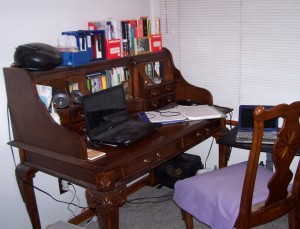 (The messy Victorian desk of a genius)
(The messy Victorian desk of a genius)
Wasn’t that fun? You can tap into this writer’s mind further on her website or blog. And WALKING A FINE TIMELINE is available on Amazon in either print or e-book form.
Next Wednesday, I’m featuring an interview with prize-winning French thriller writer, Bernard Besson, whose newly translated novel, THE GREENLAND BREACH, is next week’s “Monday Mystery.” Check it out on Monday for an excerpt and then come back Wednesday to learn more about the author.
Originally posted 2013-10-23 06:00:38.

